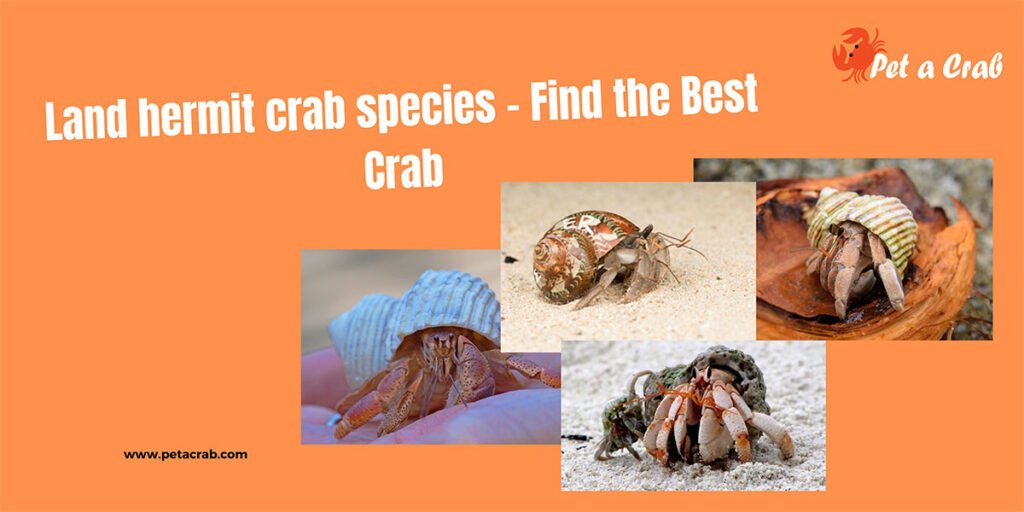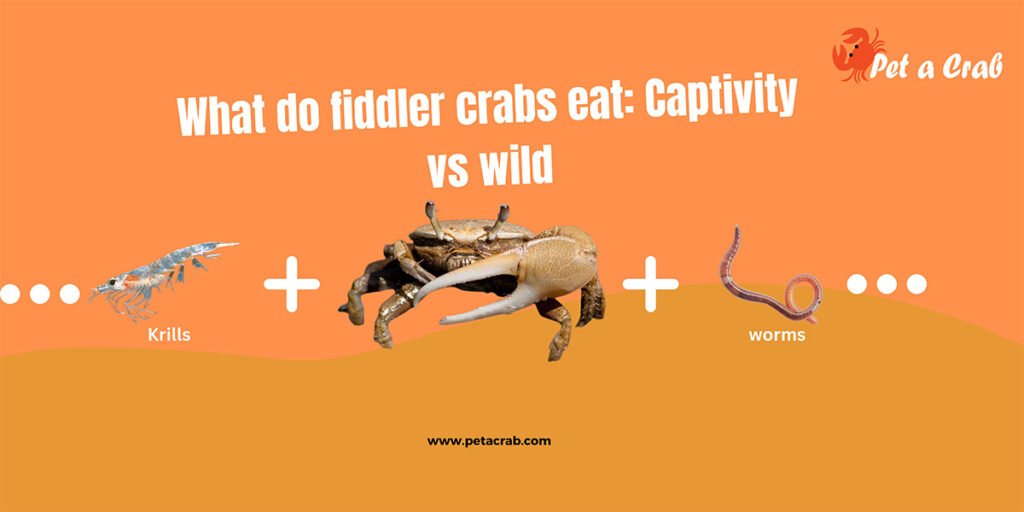Pharaoh of the beaches, the red sea crab, a type of ghost crab also known as the red sea ghost crab. It is a fascinating species that makes pyramids on the beaches. Though they are making names in recent time, you will rarely find any information, let alone organized.
Here I will talk all the information about the red sea crab and their interesting characteristics, which I’m sure you didn’t know before.
Quick overview of red sea crab
- Common names: Red sea crab, Red sea ghost crab, Red sea rider crab
- Scientific name: Ocpode saratan
- Temperature: 78.8 °F – 84.2 °F (26°C – 29°C)
- Size: 6-7.5 cm
- Color: Brown, yellow
- Sleeping nature: Nocturnal
- Diet: Omnivore
- Lifespan: around 3 years
- Weight: 50 to 100
Note 1: Ocypode saratan is the scientific name for the species of red sea crab.
Taxonomy
- Domain: Eukaryota
- Kingdom: Animalia
- Phylum: Arthropoda
- Class: Malacostraca
- Order: Decapoda
- Suborder: Pleocyemata
- Infraorder: Brachyura
- Family: Ocypodidae
- Genus: Ocypode
- Species: O. saratan (Forskål, 1775) Wikipedia
Note 2: Ocypode rotundata is a similar species.
Note 3: Red sea crab can get 6 to 7 cm in size.
Where do red sea crabs live? (Habitat and distribution)
The Red Sea ghost crab, Ocypode saratan, is commonly found along the shores of the Red Sea, particularly in countries like Saudi Arabia, Israel, and Egypt. It thrives in the coastal areas of the Eilat/Aqaba Gulf, a region known for its unique marine life.
This crab’s distribution extends beyond the Red Sea, reaching the western parts of the Indian Ocean and the Western Pacific Ocean, with populations spotted in Eritrea, Madagascar, and other parts of the Indian Ocean. These crabs are well-adapted to a variety of coastal environments, making them a notable species in their natural habitats.
Note 4: Red sea crabs live around 3 years.
Interesting facts about red sea crab
Building sand pyramids
They build sand pyramids to attract mates; it is like showing their pride. You may expect larger males to build bigger pyramids but that is not the case. Surprisingly, the bigger crabs either build small pyramids or none at all, while smaller crabs give effort to build the tallest pyramids.1
Different-sized claws
Red sea crabs have one larger claw and one smaller; like, fifty percent of the crabs have larger right claws and the other fifty percent have larger left claws.
Does it matter whether the crab is left-clawed or right-clawed? Indeed, it does. Both possess different characteristics and colors, even though they are the same species.

The right clawed crabs are lighter in color (yellow or sand) and stay farther from the water; they are more active just after sunrise and before sunset.
On the other hand, left-clawed crabs are darker (brown or purple) and stay closer to the water; they start moving later and have more activity throughout the day. The burrow entrance sizes match the size of the crab’s larger claw so that they can block the entrance for protection.2
Strange ability
Red sea crabs can use color to blend into their surroundings to camouflage. (All of the ghost crabs can do that.) The crabs’s color changes with sunlight; brown crabs appear in bright sunlight and purple crabs appear when UV light is lower.
Researchers believe that these color differences and claw sides may help crabs communicate with others.
Unique breathing
Red sea crabs have a unique way of breathing that helps them thrive both on land and in water. When underwater, they breathe just like regular aquatic crabs, pumping water through their gills. But when they’re on land, they switch things up.
At rest, they use bursts of reverse breathing—pulling air in—with little pauses in between. What’s even more interesting is their ability to flush their gills by alternating between forward and reverse pumping. This special breathing pattern can keep going for hours while they stay perfectly still, helping them adapt to both environments.
Note 5: They burrow caves and are highly territorial.
Burrowing behavior
Red sea ghost crabs burrow into the sand and hide there during the day. Though being nocturnal, they are quite active during the day like most of the crabs. Larger crabs dig burrows farther from the water compared to small crabs.
Additional facts
Tourism in the Red Sea is causing problems for this species; however, they get food from human activity; that’s why red sea crabs appear more on tourist beaches. Another study shows that crabs are more abundant on the quieter beaches.
Monsoon creates ideal conditions for male red sea crabs to build their towers/pyramids without being disturbed by tides. As long as they keep their towers moist, the sun and wind can’t cause problems, which makes them durable and tall for a long time.

Crabs with meaty claws are edible, so ocypode saratan is not edible; this species will be threatened if humans start consuming this crab.
All of the ghost crab species are considered pet species; crab enthusiasts love to keep them in their tanks. If you go to see them on the beaches and want to pet them, follow the care guide for ghost crabs and horn-eyed ghost crabs.
What do red sea crabs eat?
As omnivores, red sea crabs consume anything they can reach. Their diet includes washed-up dead animals, small fish and crustaceans, along with algae and plant matter.


